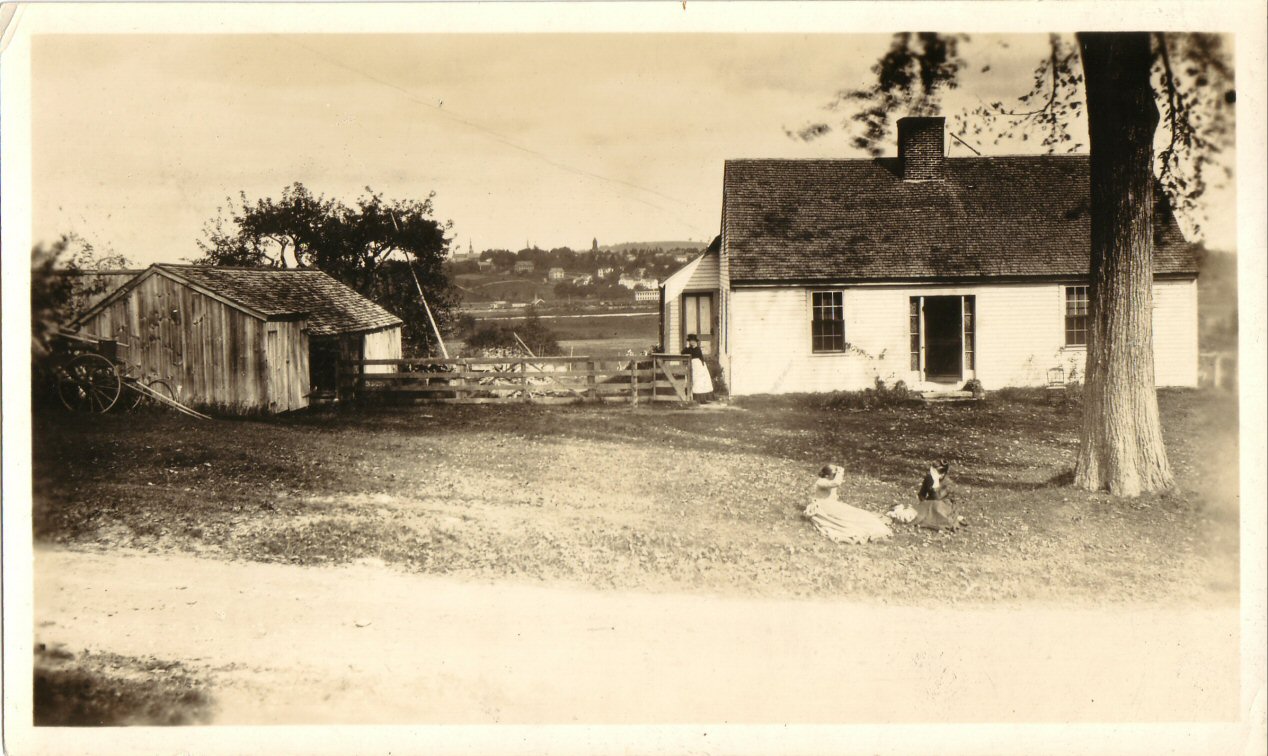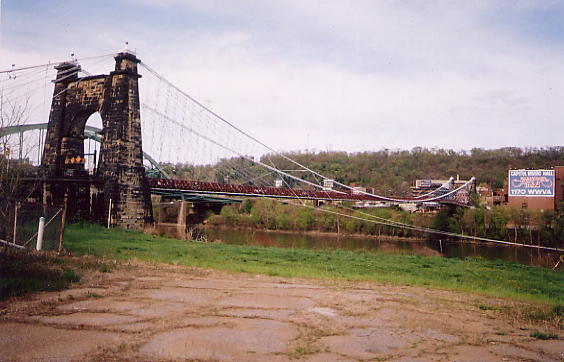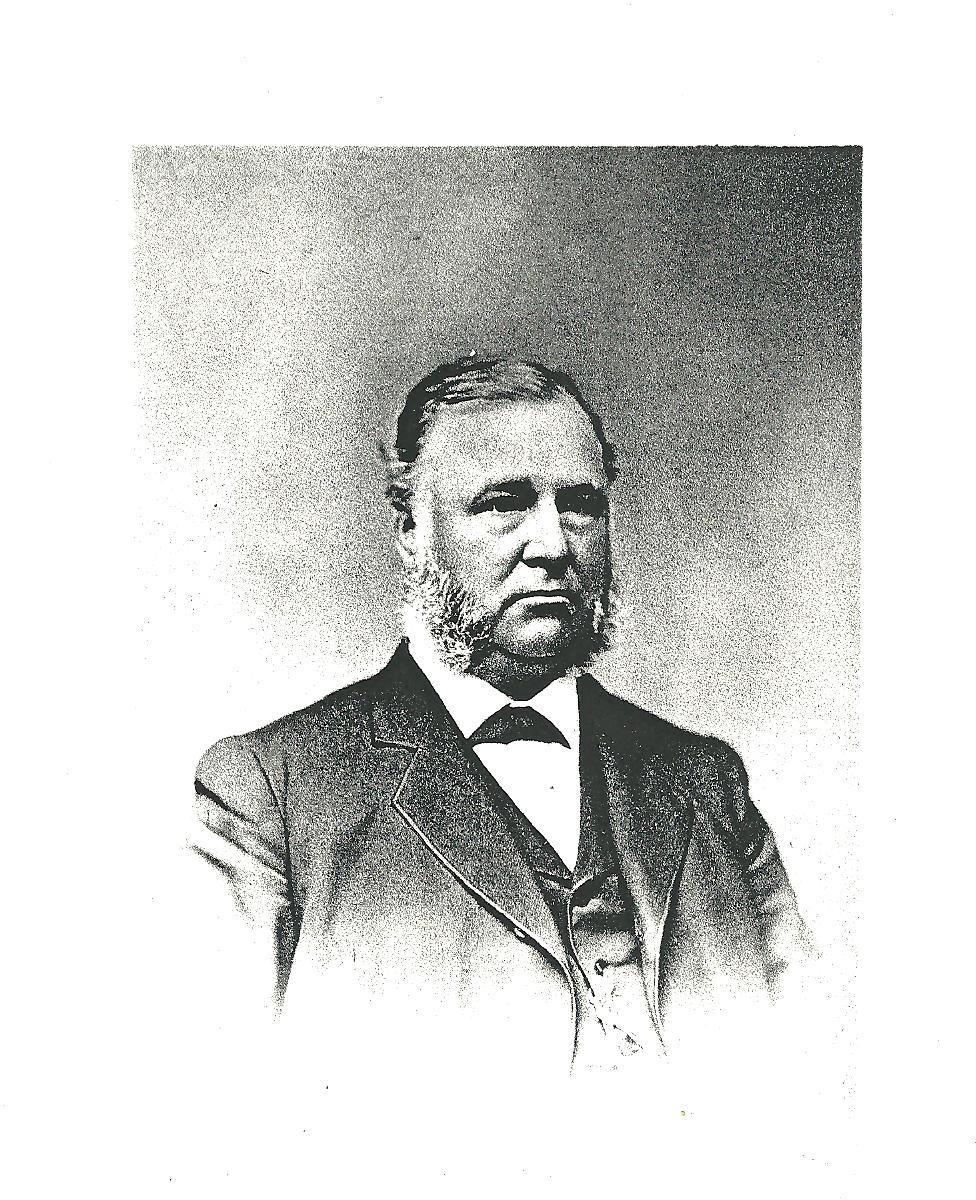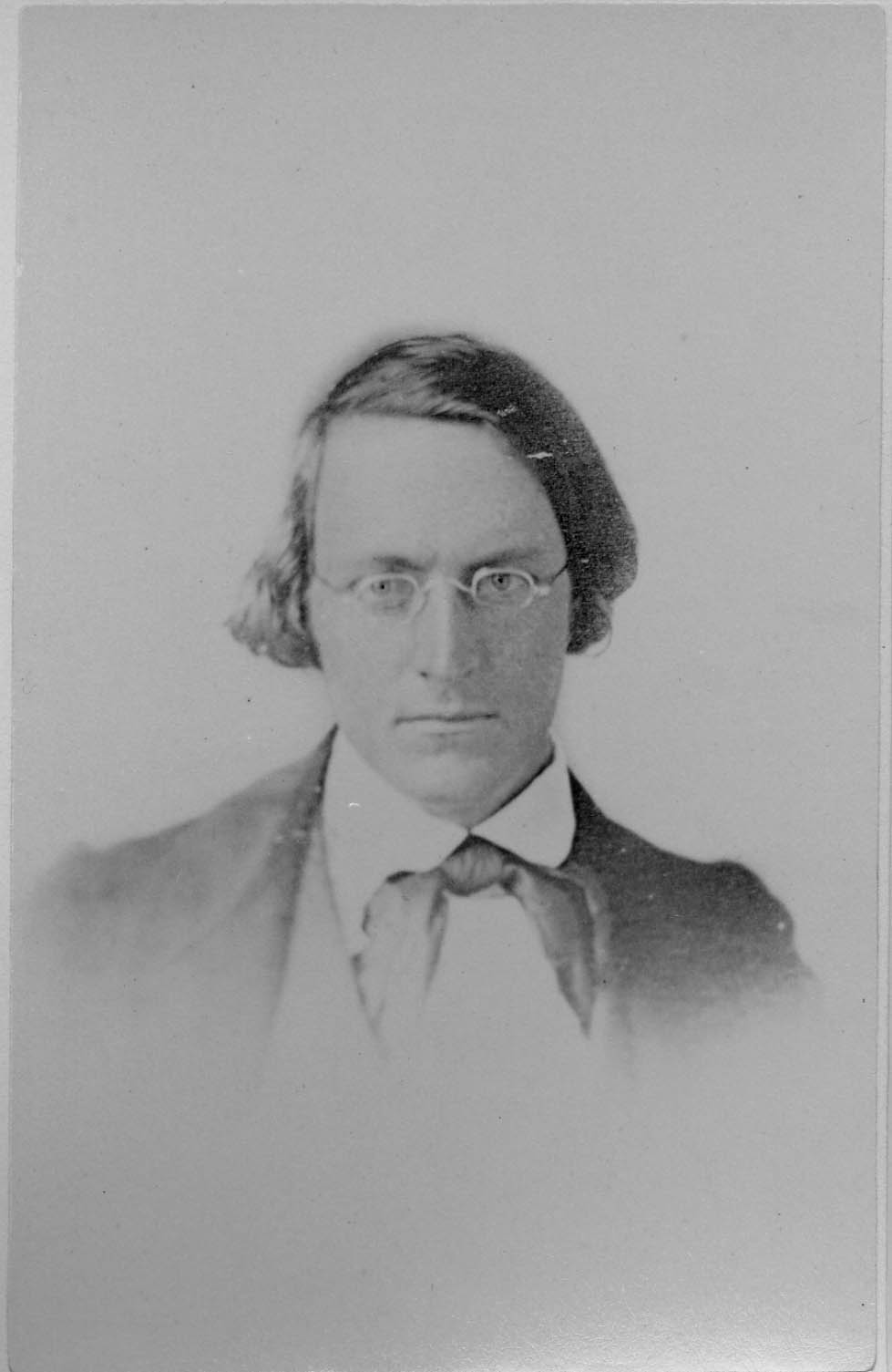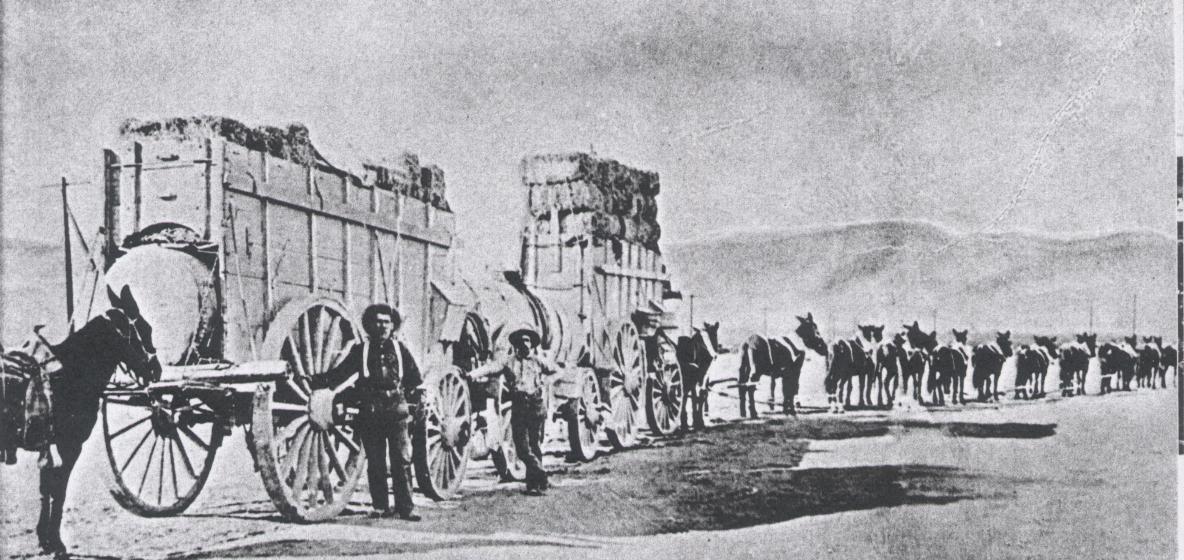|
JENNINGS FARM: Nicholas E. Hollis The emergence of the Jennings educator-entrepreneur character, exemplified by the children of Calvin and Laura (Hastings) Jennings of Brookfield, coincided with the New England Renaissance (1815-1865). During this unique period, great American writers such as Thoreau, Emerson, Whitman, Melville, Longfellow, Dickinson and others fueled a quest for transcendental awareness and the humanities. It was a golden age of letters, arts, education and social ethics where heroism and faculty of reason were revered. Horace Mann (1796-1859), who would later become recognized as the "Father of American Education" – as Massachusetts’ first Secretary of Education (1837) had begun to create a solid framework by campaigning and fundraising for public schools, libraries and teacher training. In nearby Worcester, the anti-slavery abolitionist movement, led by William Lloyd Garrison, gained a stronghold which would later spark the women’s suffrage and workers’ rights movements.
Following her graduation from Mt. Holyoke Academy in 1843, Sabrina Jennings, younger sister of Joel Albert Jennings, traveled to Port Jervis, New York at the junction of the Delaware and Neversink Rivers, where she taught school and later (1850) co-founded a young women’s finishing school with Julia Aldrich called the Neversink Academy. Subsequently, as Sabrina’s sisters (Marcia and Frances Jennings) and Susan Bates Jennings (Joel’s wife) joined the teaching staff and enrollment expanded to include male students, the institution became known as the "Jennings Seminary". The institution was housed in an impressive, four story building which dominated the town. In the mid 1850s, Sabrina left Port Jervis to teach in Philadelphia and later in Racine, Wisconsin before returning to Port Jervis and finally to Farmington, Massachusetts (Normal School). In the 1870s, Sabrina moved back to Brookfield to take care of her aging parents on the farm – in a silent struggle between duty and inclination. Sabrina taught Sunday school at the Congregational Sabbath Church and joined the Women’s Temperance Union. She died at 67 while visiting a sister in Swanton, Vermont in May 1890 and was buried in Brookfield in the Jennings family plot. Her obituary, which was published in the town newspaper, extolled the strength of her character, grounded in its unruffled, calm spirit, "whose tongue was the law of kindness". Frontier Education
Some adventurous spirits challenged the wilderness even more directly, like Edmond Jennings (1751-1840) who migrated from Virginia to North Carolina and into Tennessee - and became a veteran Indian fighter during Lord Dunmore's War (1774), the Northwest Campaign under General George Rogers Clark (1778-79) and the Battle of Blue Lick (1782) . These ferocious, bloody contests--most notably the Battle of Point Pleasant (October 10, 1774) at the junction of the Ohio and Kanawha Rivers, were instrumental in opening the Ohio Valley for settlement. In 1784 after his father (Jonathan) was killed by Indians near Nashville, Edmond gave up inherited comforts, took his long rifle and disappeared, clad in buckskins, into the forest primeval. He moved westwards on river waterways, trapping and seeking his fortune, eventually arriving in southwestern Missouri where he lived with Osage Indians for fifteen years in modern day Jasper county. Jennings adopted the language, customs and rugged lifestyle of the Osage, who were known for their hospitality and generosity - as well as their stature as warriors. According to oral histories, Jennings paid scant notice of white settlements on a nearby bluff over the Spring River. He was too busy in the educational process - "learning the ways and words of the Osage." When Jennings finally returned to Tennessee, he operated a ferry service along the Cumberland River at Jennings Creek and regaled his passengers/neighbors with colorful stories (thickly accented) - triggering an unintended land-rush of settlers into Missouri. In the late 1820’s Berryman Jennings traveled from his boyhood home in Kentucky to southeastern Iowa and became the first public school master in that territory in a one room log cabin near Keokuk, overlooking the Mississippi River. In April 1832 Jennings enlisted and fought in the Black Hawk War. Later, he migrated to Oregon, set up a steamboat service on the Willamette River, traded dry goods with San Francisco and became elected to the Oregon legislature. The town of Jennings Lodge (near Portland) is named for him.
As the nation surged with Manifest Destiny and new industrial power in the late nineteenth century, the educational foundation forged in the trail-blazing adventures of countless sacrifices, including the Jennings of Brookfield, formed a bond with modern day descendents, who continued the legacy as physicians, educators, architects, business leaders, politicians and lawyers – and helped shape modern America.
For Additional Reading: The Flowering of New England, Van Wyck Brooks, Boston, (1941) "Forty Years Record of the Class of 1845- Williams College, (1885), pp.87-89 *Emily Dickinson, the famous poet and author, was a distant relation of Sabrina Jennings by virtue of a marriage between Stephen Jennings and Hannah Dickinson on May 18, 1677. In Jasper County: The First Two Hundred Years, by Marvin L. VanGilder.
Our 'Dances with Wolves' Ancestor, The Joplin Globe, November
15, 2004 (Andy Ostmeyer), Joplin, Missouri |
|||||||||||
|
Jennings Heritage
Project Farmer-Soldier Tradition: The Jennings of Brookfield Enrollment Form for Jennings Heritage Project
"Leadership Education and Character Development Through Historical Scholarship" |
